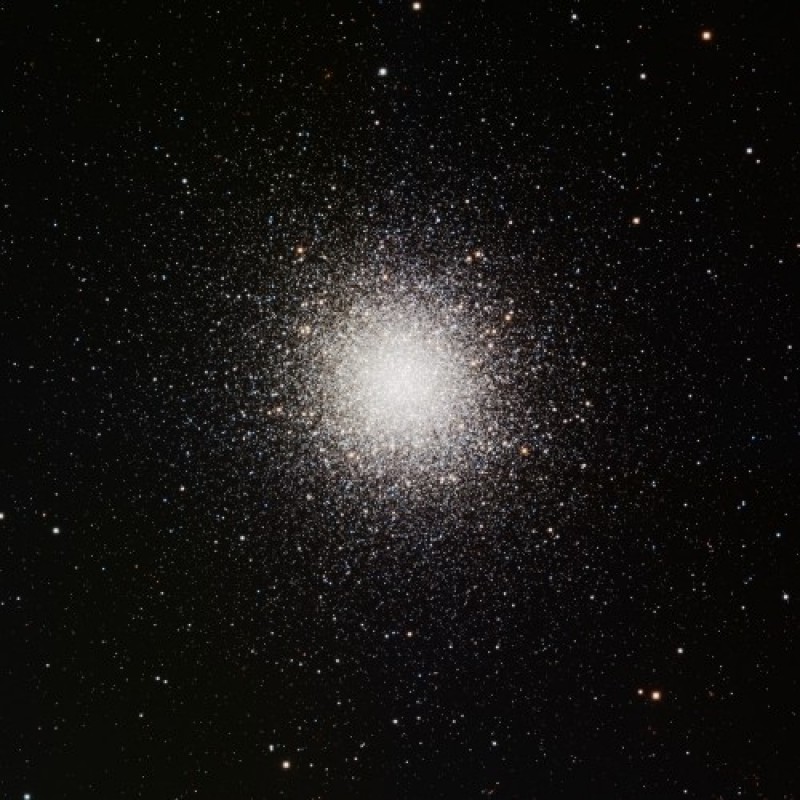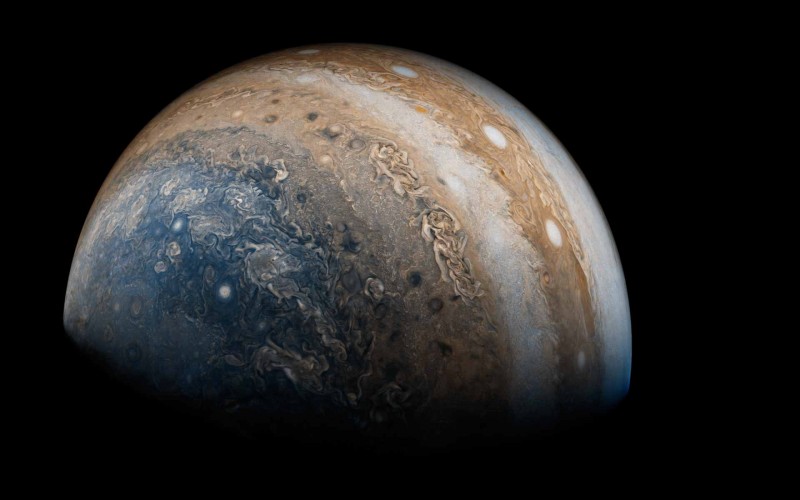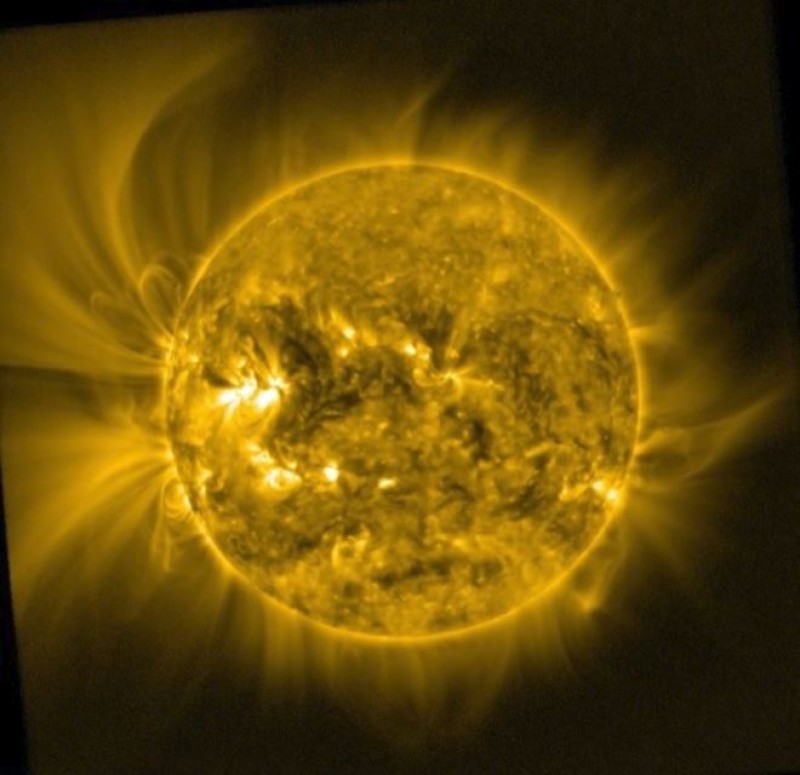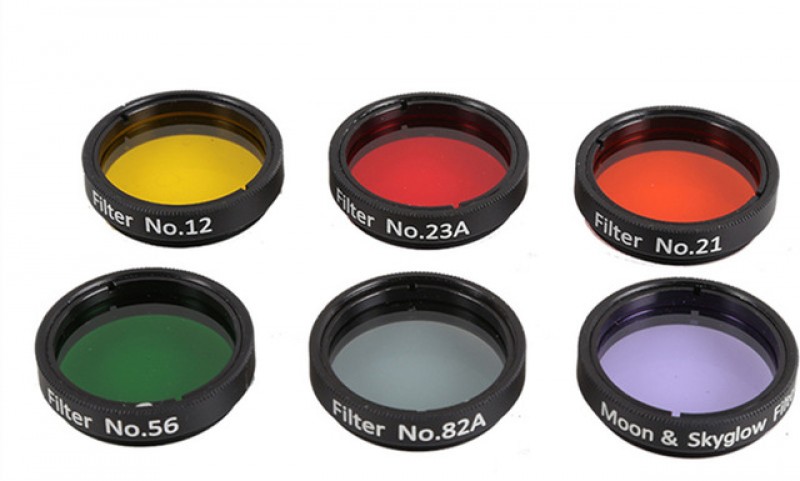Blog
Observe Changes on Mars
Tuesday, June 19th 2018 04:36 PM
Ever since mid-2017, Earth has been steadily closing in on Mars. The approach culminates July 27th in opposition. As the closest rocky planet to Earth whose surface is visible in modest telescopes, Mars easily garners the most attention of all the inner planets. The Red Planet often reveals subtle changes from year to year that stand out to the patient observer. But occasionally, big changes can occur from one apparition to the next.
Part of the great attraction Mars has for observers is that the planet once looked more like Earth. Even today, with white cirrus clouds, dust storms, and ice caps that grow and shrink with the seasons, Mars is the most Earthlike of any planet in our solar system. Although the planet’s thin atmosphere and dry environment make it look desolate, Mars is far from an unchanging, dead world.
As the planet approaches opposition, keep an eye out for some of these differences.
The Shrinking South Polar Cap
Among the first features e...
Read More
Read More
This Week’s Sky at a Glance, June 15 – 23
Friday, June 15th 2018 09:47 PM
Friday, June 15
As twilight fades after sunset, look very low in the west-northwest for the thin crescent Moon under Venus, as shown here.
It's almost summer. But as twilight fades, look very low in the north-northwest for wintry Capella very out of season. The farther north you are, the higher it will appear. You may need binoculars. If you're as far north as Portland Oregon and Portland Maine, Capella is actually circumpolar.
Saturday, June 16
Look west as twilight fades for Venus and the thin waxing crescent Moon, as shown below. They're about 8° apart at the times of twilight for North America. Higher to their upper left, look for much fainter Regulus coming out as twilight fades further.
Sunday, June 17
The crescent Moon, far upper left of Venus, shines near Regulus tonight. Almost as bright as Regulus is orange Gamma Leonis (Algieba), higher above the Moon as shown here.
Monday, June 18
Now Regulus shines to the Moon...
Read More
Read More
Surprise! Jupiter's Lightning Looks a Lot Like Earth's
Wednesday, June 6th 2018 06:21 PM
Lightning storms on Jupiter are much more frequent, and much less alien, than previously thought, a pair of new studies suggests.
The first evidence of lightning on Jupiter was detected nearly 40 years ago. Electrical currents in lightning bolts generate a broad range of radio frequencies known as atmospherics, or "sferics" for short. And in 1979, NASA's Voyager 1 spacecraft detected very low-frequency radio emissions from the solar system's largest planet — emissions that one might expect from lightning.
The radio emissions that Voyager 1 detected from Jupiter — dubbed "whistlers" because they resemble descending, whistled tones — were the first signs of lightning in the giant planet's atmosphere. Subsequently, cameras on NASA's Jupiter-orbiting Galileo spacecraft, the agency's Cassini Saturn probe (which cruised past Jupiter on its way to the ringed planet), and other spacecraft confirmed lightning on Jupiter in the form of flashes of l...
Read More
Read More
June 2018 - Sky Guide
Wednesday, May 30th 2018 11:10 PM
Welcome to the night sky report for June 2018 -- Your guide to the constellations, deep sky objects, planets, and celestial events that are observable during the month. The warm nights of June are perfect for sky watching. Don’t miss the constellations Bootes (the Herdsman), Corona Borealis (the Northern Crown), and Draco (the Dragon) -- or the planets Venus, Jupiter, Mars, and Saturn, all of which grace the night sky this month. The night sky is truly a celestial showcase. Get outside and explore its wonders from your own backyard.
Brilliant Venus dominates the western sky at dusk, joined by the crescent moon during the middle of the month. With a backyard telescope, Venus looks like a miniature moon. It is clear that we see only part of the sunlit side of the planet.
Jupiter dominates the southern sky, shining in the dim constellation of Libra, the scales. A backyard telescope readily reveals its cloud bands and orbiting moons.
Saturn rises later in...
Read More
Read More
Tele Vue NP127fli Imaging the Skies Over Austria
Wednesday, May 30th 2018 10:31 PM
Check out these images utilizing the Tele Vue-NP127fli astrograph. The strength of this scope is wide-field imaging and the work in this area is exemplary.
For instance, the NP127fli was able to perfectly frame and capture the spirit of the NGC 869 and NGC 884 in Perseus as twin clusters of sparkling blue-white diamonds, with a smattering of glowing red-rubies, punctuating the black velvet sky background. The Double Cluster never looked so good!
What is a Tele Vue-NP127fli?The NP127fli is a 127mm / 5-inch, f/5.3, APO (Nagler-Petzval) astrograph with an optical arrangement of 5-elements in 3-groups. Its sole purpose is to create wide-field images — 4.3-degrees on the diagonal of the 52mm diameter image circle. From the image below you’ll note that this scope lacks a traditional focuser. This astrograph is designed to operate with the Finger Lakes Instrumentation (FLI) Atlas electronic focuser – hence...
Read More
Read More
The Future of Astronomy: Celestron’s Young Astronomers at NEAF 2018
Tuesday, May 29th 2018 11:32 PM
NEAF 2018, three up-and-coming astronomers share their insights on the future of amateur astronomy. Grant Regen, Pranvera Hyseni, and Will Clodfelder show how they found their WOW moment and fell in love with Astronomy.
Check out our Celestron products
Read More
Read More
How To Image Jupiter
Monday, May 28th 2018 10:11 PM
After stargazing and exploring the night sky and its planets countless times... Jupiter, our Solar System's largest planet, has peaked your interest and you've decided that you're ready to tackle the rewarding process of Planetary Imaging. We understand that the process may seem slightly confusing and tedious, but capturing Jupiter's vibrant bands, massive Red Spot, and its four bright moons makes it all worthwhile.
With many factors to consider such as location and equipment for the right approach to capturing a good-quality image you're probably thinking "Where do I start?". Follow this step-by-step guide on How To Image Jupiter and you will be well on your way to becoming an expert!
| WHEN AND WHERE |
An important factor to consider when shooting Jupiter is its location in the sky. When it has just come up over the horizon, you will be observing it through a lot more of Earth's atmosphere than if it were up higher in the sky. So don't try...
Read More
Read More
The Solar Surface is Only 10 Thousand Degrees -- So Why Does the Corona Sizzle at 1 Million Degrees?
Thursday, May 24th 2018 06:56 PM
The Sun’s corona, invisible to the human eye except when it appears briefly as a fiery halo of plasma during a solar eclipse, remains a puzzle even to scientists who study it closely. Beginning 1,300 miles from the Sun’s surface and extending millions more in every direction, it is more than a hundred times hotter than lower layers much closer to the fusion reactor at the Sun’s core.
A team of physicists at New Jersey Institute of Technology (NJIT) led by Gregory Fleishman, has recently discovered a phenomenon that may begin to untangle what they call “one of the greatest challenges for solar modeling” – determining the physical mechanisms that heat the upper atmosphere to 1 million degrees Fahrenheit and higher. Their findings, which account for previously undetected thermal energy in the corona, were recently published in the 123-year-old Astrophysical Journal, whose editors have included foundational space scientists such...
Read More
Read More









